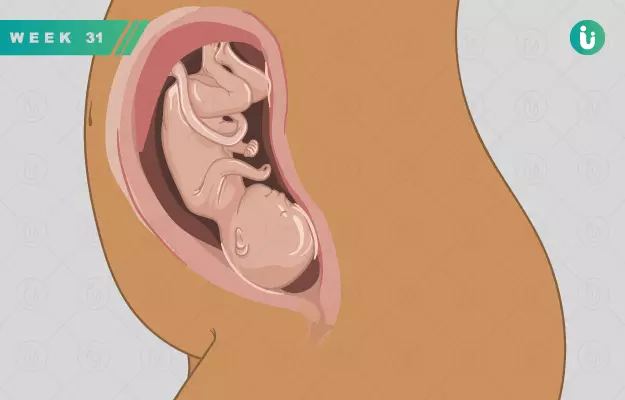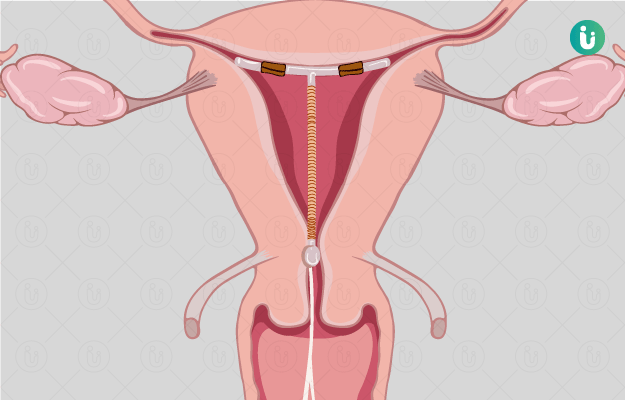Welcome to the 31st week of pregnancy! This can easily be the week of false alarms with sudden contractions which are known as Braxton-Hicks contractions. (Some of you may have experienced these false labour contractions around the tail end of the second trimester as well, but they are more likely to occur during the third trimester.)
These contractions during pregnancy are usually nothing to worry about—they’re just a way for your uterus to get some practice for the big day—but you should still consult your doctor when these appear for the first time. You might also see a thick and creamy liquid leaking from your breasts around this week. This is colostrum or early milk, and its release indicates that your breasts are ready for breastfeeding.
This, in turn, indicates that it’s time for you to decide whether you want to breastfeed or not. While the World Health Organization (WHO) recommends that every mother breastfeed her child exclusively for the first six months of life, this decision should be yours. Do the research on the benefits of breastfeeding and the disadvantages and make up your own mind. Of course there some conditions in which new moms cannot breastfeed their babies. For example, if they have an infection like HIV.
This apart, you and your baby will continue to grow in weight this week. Your baby is likely to hit another growth spurt in a few weeks, so don’t compromise on your pregnancy diet.
It’s also important to get enough rest during this and the coming weeks of pregnancy because the third trimester can mean a higher intensity of symptoms like exhaustion and pain. Complications like haemorrhoids are also likely to get worse this week, so you should ideally stay off your feet as much as possible if you have severe symptoms. Here’s everything you need to know about the 31st week of pregnancy.










































